gamerbling
gamer level 7
20062 xp
20062 xp
followers
31
31
Use my invite URL to register (this will give me kudos)
https://boardgaming.com/register/?invited_by=gamerbling
profile badges
...
...
...
...
recent achievements

Old Bones
Explore select games by completing a series of exploration actions. learn more »
Explore select games by completing a series of exploration actions. learn more »

Inspector
Follow a total of 30 games
Follow a total of 30 games

Explorer - Level 4
Earn Explorer XP to level up by completing Explorer Quests!
Earn Explorer XP to level up by completing Explorer Quests!

Novice Advisor
Submit 10 game tips, strategies, or house rules and receive a total of 270 positive ratings.
Submit 10 game tips, strategies, or house rules and receive a total of 270 positive ratings.
Player Stats
Critic (lvl 3)
745 xp
745 xp
Explorer (lvl 4)
1896 xp
1896 xp
Professor (lvl 3)
823 xp
823 xp
Reporter (lvl 3)
1040 xp
1040 xp
About Me
Gamer Bling is a gaming industry veteran. He is also a husband, father, author, blogger, Constitutionalist, Scandinavian, and Christian. He has decided to review those games he plays with the Gamer Bling Official Companion and Gamer Bling Expansions #1 and #2.
He is a fan of games that have mechanics integrated into their themes, and themes integrated into their mechanics, all into a seamless whole of awesome game experiocity. He is also a fan of occasionally making up words that sound totally grokalicious.
Gamer Bling would happily follow all gamers who follow him, however, his followers have grown more quickly than his profile's capacity for followage. Thus he is now making a concerted effort at least to rate the reviews and tips that each of his followers have.
He is a fan of games that have mechanics integrated into their themes, and themes integrated into their mechanics, all into a seamless whole of awesome game experiocity. He is also a fan of occasionally making up words that sound totally grokalicious.
Gamer Bling would happily follow all gamers who follow him, however, his followers have grown more quickly than his profile's capacity for followage. Thus he is now making a concerted effort at least to rate the reviews and tips that each of his followers have.
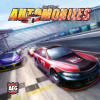





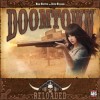







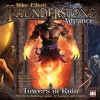









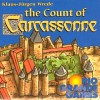


















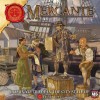


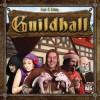
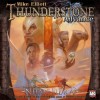


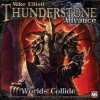






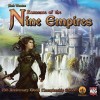

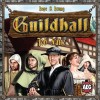
























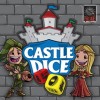










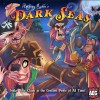

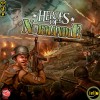








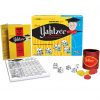










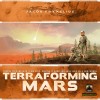




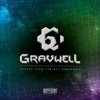

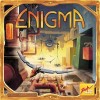




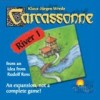



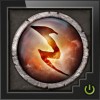
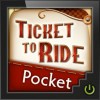

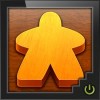





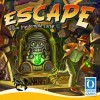

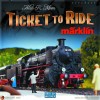








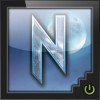

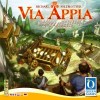





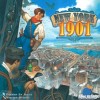


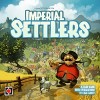







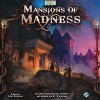






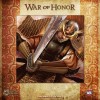
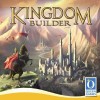








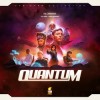










Marvel Dice Masters: Avengers vs. X-Men
Sunday night is game night at the Gamer Bling household. Each family member (your humble reviewer, the Gamer Bling Official Companion, Gamer Bling Expansion #1, and Gamer Bling Expansion #2) each get to choose a game in rotation. Recently, that game was Marvel Dice Masters, as chosen by Gamer Bling, as part of playtesting (note the disclaimer) and not as the weekly game night pick.
The Promise
Okay, here’s a novelty: a game box being sold with—get this—NO marketing text! That’s right, none! Aside from contents, choking hazards, and the license itself, this game makes NO promises about itself at all!
Gamer Bling is stunned.
The Delivery
Well, with no promises made, it’d be pretty hard not to fulfill them, wouldn’t it?
Choking hazard? Check.
Box contents? Check.
Marvel Comics dudes aplenty? Check. Each die has an icon on it that is evocative of the hero it represents, as well as custom colors that match those of the character. Each die is powered by one of several variant cards, each of which described the die’s cost and powers, and also shows what the various faces are. And, of course, there’s a big piece of cool Marvel art of each cards, which is good, because the dice don’t have much art space on them.
You start out the game with a bunch of semi-worthless sidekick dice in your bag, which are primarily good for getting better dice for your mix. You also start with up to 20 dice that you have chosen, which are dice available for you to purchase during the game.
Each die has energy faces (used to buy things or activate abilities) and character faces (used to attack and defend). The character faces are rated for fielding cost, attack, and defense.
Game flow is pretty straightforward. You draw some dice, you roll the dice, you do stuff with the dice, then you attack with the dice. Combat may result in dice getting knocked out, in which case they go to your prep area, where they can be rolled again next turn. Characters that are not blocked (as well as a variety of special effects) damage your opponent and then go to your used pile where they eat shawarma until they get moved back into your bag to be drawn again. Reduce your opponent’s life to zero, and you win!
The game has no means of getting sidekick dice out of your dice pool; you will have to use strategy and tactics to keep them out of your bag so you can draw the more powerful dice with greater reliability. Gamer Bling likes this design choice.
Additionally, having a pool of 2o dice to choose form allows for instant sideboarding. Since it is very unlikely that you will ever purchase all your dice during a typical 20-minutes game, you can toss in a few magic bullet dice to counter specific tactics that you fear your opponents might use.
Finally, Gamer Bling should mention that each player brings two Basic Action Cards (each with 3 matching dice) to the field. These dice can be purchased by either player, and allow for even greater variance within the game.
Finesse
The iconography on the dice is clear and well done; there is a variety of shapes, and they are representative. This, with the variety of colors used in the dice, should make it very easy to tell everything apart.
In addition, the color reminder cards were a nice addition for the Basic Action Dice.
The fact that dice that are knocked out get rolled for free next turn helps obviate the runaway leader problem, and, in fact, turns letting your dice get KO’d into a viable strategic option.
Finally, in an example of finesse that is business related and not gameplay related, it is only necessary to have a single copy of any given reference card. This means that hunting a super-rare card does not also require you to find four copies of that die; you’ll have dice enough from the common versions of that character that you find while rare-hunting.
Skills Required
As a homeschool parent, Gamer Bling believes in seizing every opportunity for learning. Here’s what the kids can learn or practice with Dice Masters.
Basic Math: Adding and subtracting happen a lot.
Local Advantage: When being attacked, knowing where to let someone through, where to chump-block, and where to fight back makes a big difference.
Probability: Rolling lots of dice for energy makes them calculate what the potential distribution is.
Risk Assessment: Happens every combat step.
Family Game Night Value
With the basic rules restricted to head-to-head play, it’s not the best option for a family game night, but for a guy’s night in, or any other such time that there are just two of you, it’s a solid choice. And it plays fast and aggressive enough that even ADD kids should remain engaged.
TL;DR
It’s fast, fun, and light, yet with a reasonable amount of tactical and strategic choices.
And with 99c boosters, it’s cheap. You have no reason not to buy it.
And thank you for taking the time to read a Gamer Bling Sunday Night Review.